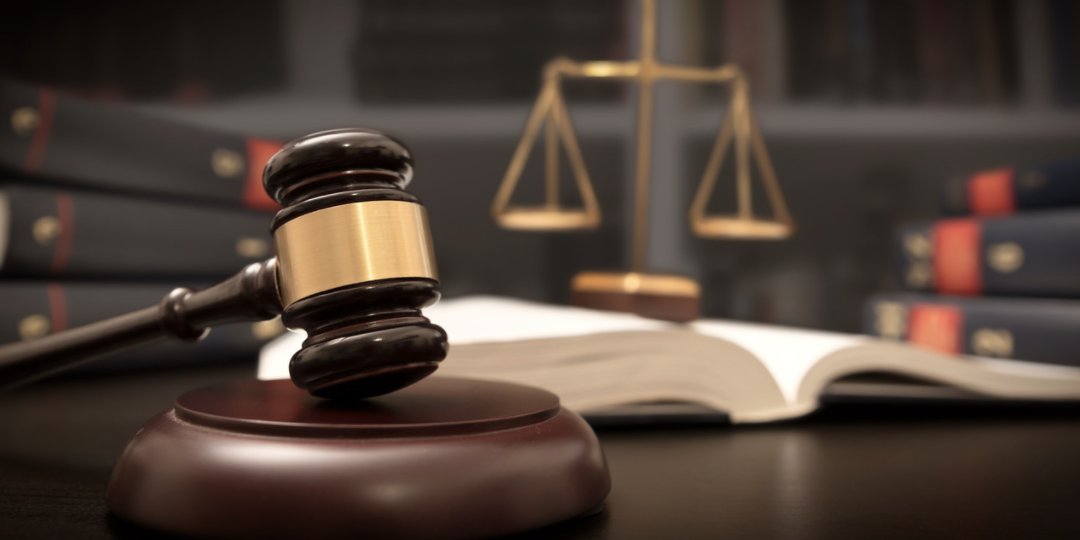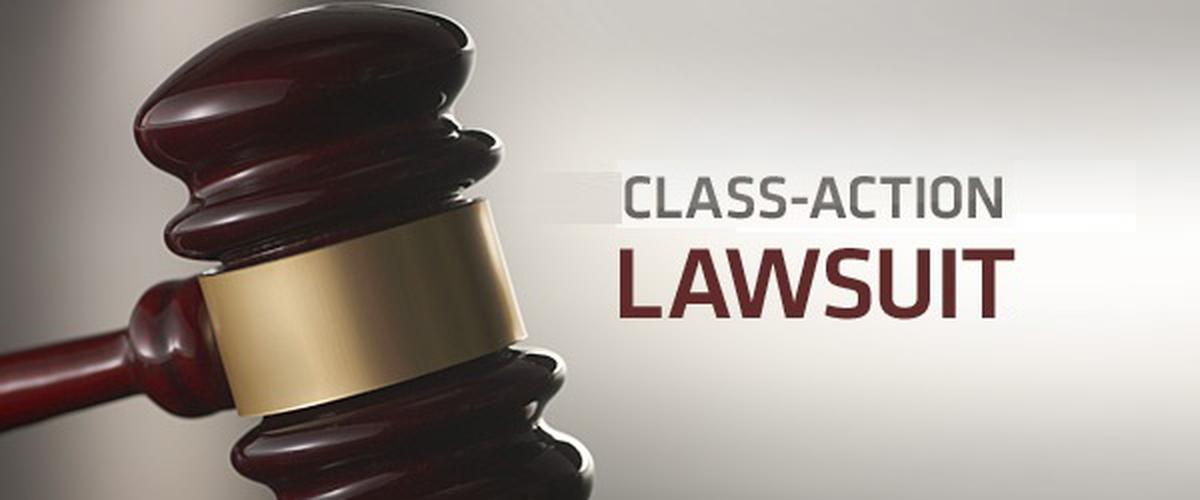Your Rights, Your Voice: The Fundamentals of Pursuing a Class Action Lawsuit
Recognizing Class Action Claim: An Overview for Attorney
Course activity claims have actually ended up being an indispensable part of the legal landscape, permitting the loan consolidation of multiple claims into a single activity. For legal representatives, recognizing the ins and outs of course action litigation is essential in efficiently representing their clients. This extensive guide discovers the principles of course action suits, from identifying potential course members to navigating the certification process. Additionally, it delves into key techniques for taking care of class action lawsuits and offers insights right into obtaining and bargaining approval for negotiations. By diving into the details of class activity claims, this guide equips lawyers with the expertise and tools required to effectively navigate this intricate location of regulation.
The Essentials of Course Action Claims
Course action suits are a lawful mechanism utilized to combine comparable claims from a group of people right into a solitary suit, giving a affordable and reliable approach to looking for justice and resolution. This sort of legal action enables a representative complainant, acting upon behalf of the whole course, to bring a claim against an accused that has actually supposedly created injury or violated the rights of several individuals.
The fundamental needs for bringing a course activity legal action consist of numerosity, commonness, typicality, and competence of depiction. Numerosity describes the reality that the course have to be so huge that joinder of all participants would certainly be not practical. Commonness suggests that there have to prevail questions of law or fact that are shared by all members of the class. Typicality requires that the cases of the depictive complainant are typical of the cases of the entire course. Adequacy of depiction makes sure that the representative plaintiff will adequately stand for the passions of the whole class.
Course action lawsuits can be useful for both offenders and complainants. For plaintiffs, it permits them to pool their sources and share the expenses and risks connected with litigation. It also gives an equal opportunity when they are up against big corporations or entities. For offenders, it offers the opportunity to successfully fix numerous claims in a solitary suit, staying clear of the need to safeguard versus countless specific suits.
Identifying and Assessing Possible Class Participants
After developing the basic demands for a course activity claim, the next step is to recognize and assess prospective course participants. This process includes identifying that might become part of the class and assessing their insurance claims to establish if they fulfill the necessary criteria.
To determine possible course participants, legal representatives usually carry out considerable research and gather relevant information. This may include examining files, carrying out interviews, and examining records to determine people or entities that might have been impacted by the supposed misdeed. It is important to establish a clear and extensive list of possible course members to guarantee that all affected events are consisted of in the claim.
As soon as prospective class participants have been recognized, the next step is to analyze their insurance claims. This involves evaluating the benefits of each individual case to figure out if they fulfill the lawful requirements for course accreditation. Attorneys have to very carefully analyze the facts, proof, and legal concepts of each potential class member's case to guarantee that they have a sensible case.
Examining potential class participants additionally involves figuring out whether they meet the class meaning and have actually suffered similar damage as an outcome of the defendant's actions. This needs contrasting the realities and circumstances of each prospective class member's scenario to the accusations and lawful theories presented in the suit.
Navigating the Class Qualification Refine
To efficiently navigate the course qualification procedure, lawyers should diligently follow the step-by-step demands established forth by the court. Course certification is a crucial action in a class activity suit, as it determines whether a situation can continue as a course activity, standing for a team of individuals that have similar cases versus an accused. The procedure involves satisfying particular standards, such as numerosity, commonness, typicality, and adequacy of depiction.
Firstly, attorneys must develop numerosity by demonstrating that the course is so huge that individual joinder is unwise. This can be attained with evidence or specialist testament. They have to develop commonality by showing that there are common inquiries of regulation or reality that predominate over private issues. This needs a thorough evaluation of the defenses and cases involved.
Following, attorneys should show typicality, which suggests that the representative complainant's claims are typical of the claims of the course members. This makes certain that the rate of interests of the representative complainant align with the passions of the class. Last but not least, attorneys must show adequacy of depiction, meaning that the representative complainant and their guidance will rather and appropriately represent the passions of the class.
To navigate this procedure successfully, attorneys need to thoroughly prepare by performing extensive research study, collecting proof, and developing an engaging debate that pleases each of these criteria. They should additionally be prepared to respond to any type of obstacles or arguments increased by the accused. By faithfully adhering to the procedural requirements stated by the court, attorneys can boost their opportunities of obtaining class certification and advancing the interests of the class members.

Secret Techniques for Managing Class Activity Litigation
Upon successfully navigating the course certification process, legal representatives must then apply key methods for effectively managing class activity lawsuits. These strategies are important to make certain that the case proceeds smoothly and successfully, ultimately optimizing the opportunities of a favorable result for the class participants.
One trick approach is to develop a natural and solid lawful team (Class action lawsuit). This involves constructing a team of lawyers with knowledge in class action litigation, in addition to other appropriate areas such as the details industry or subject included in the situation. A well-rounded team can bring different perspectives and skills to the table, improving the overall performance of the litigation
Another important strategy is to develop a comprehensive and well-thought-out lawsuits strategy. This plan ought to describe the overall objectives of the instance, along with the certain lawful theories and arguments that will certainly be sought. It must likewise include a timeline and spending plan to ensure that the case remains on track and within the allocated sources.
Furthermore, attorneys need to proactively involve with the class members throughout the litigation process (Class action lawsuit). This includes providing normal updates on the development of the situation, looking for input and responses from the class participants, and resolving any type of concerns or concerns they might have. By fostering open interaction and partnership, lawyers can develop trust and assistance among the course members, which can be critical in achieving an effective resolution
Working Out Course Action Legal Actions: Negotiation and Authorization
When it concerns clearing up class action legal actions, efficient arrangement and obtaining authorization are important action in achieving a resolution. Class activity lawsuits are complicated and entail a large number of complainants, making it essential to get to a negotiation that is adequate and fair to all celebrations included.

When a negotiation contract is gotten to, it has to be approved by the court. The court's role in this procedure is to make sure that the negotiation is reasonable, practical, and sufficiently secures the passions of the course participants. The court will certainly take into consideration factors such as the nature of the insurance claims, the toughness of the evidence, the prospective healing for the course members, and any kind of arguments raised This Site by class participants.
Getting court authorization is important as it offers finality to the settlement and protects the interests of the course participants. It makes sure that the negotiation is binding and enforceable, and class members can obtain their rightful settlement.
Verdict

Class activity claims have become an integral component of the legal landscape, allowing for the debt consolidation of several cases into a solitary action. Course accreditation is a critical action in a class activity lawsuit, as it establishes whether a situation can continue as a class activity, representing a group of people who have comparable claims versus a defendant. By faithfully adhering to the step-by-step demands set forth by the court, legal representatives can boost their chances of acquiring class certification and progressing the rate of interests of the course members.
The court will certainly think about factors such as the nature of the cases, the stamina of the evidence, the prospective recuperation for the course members, and any type of arguments elevated by class members.
By determining and these details assessing potential class participants, legal representatives can determine the feasibility of a class action claim.